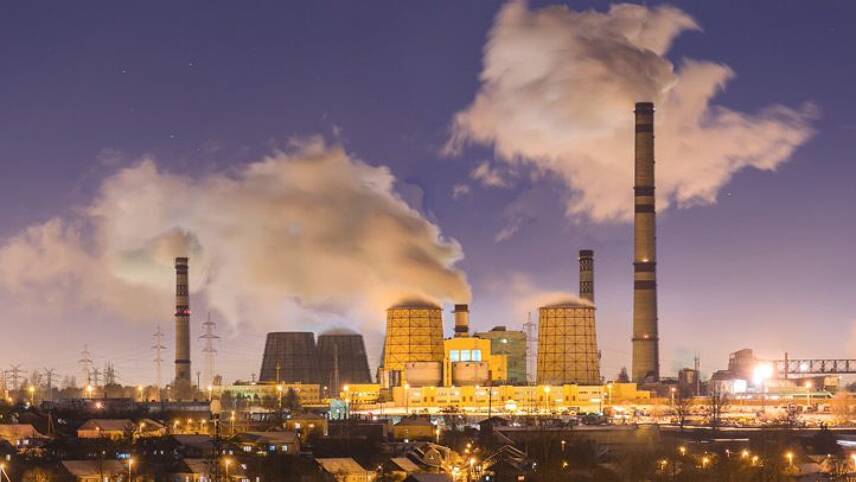Register for free and continue reading
Join our growing army of changemakers and get unlimited access to our premium content

Energy intensive firms may be given full exemption from the costs of green policy programmes
BP’s annual global energy report revealed for the first time that fluctuating temperatures are increasing the world’s use of fossil fuels in spite of efforts to tackle the climate crisis.
The recorded temperature swings – days which are much hotter or colder than normal – helped drive the world’s biggest jump in gas consumption for more than 30 years.
They also stoked a second consecutive annual increase for coal use, reversing three years of decline earlier this decade.
Spencer Dale, BP’s chief economist, warned that the report reveals “a growing mismatch” between society’s rising demand for climate action and the actual pace of progress.
“At a time when society is increasingly concerned about climate change and the need for action energy demand and emissions are growing at their fastest rate for years,” he said.
The report comes amid growing calls for arts institutions to sever their ties with fossil fuel companies.
Several leading figures in the art world have called on the National Portrait Gallery to end their sponsorship deals with BP on the eve of their annual awards event this week.
At the same time, activists at Extinction Rebellion urged in gallery, and the Royal Opera House, to end their “complicity in climate breakdown”.
Carbon emissions climbed by 2% last year, faster than any year since 2011, because the demand for energy easily outstripped the rapid rollout of renewable energy.
Two-thirds of the world’s energy demand increase was due to higher demand in China, India and the US which was in part due to stronger industry as well as the “weather effect”.
This was spurred by an “outsized” energy appetite in the US which recorded the highest number of days with hotter or colder than average days since the 1950s.
“On hot days people turn to their air conditioning and fans, on cold days they turn to their heaters. That has a big impact,” Dale said.
The unusually high number of “heating days” has continued in the first months of this year.
The combined number of particularly hot and cold days was unusually high in the US, China and Russia where the use of fossil fuels remains high.
The US shale heartlands helped to meet its rising energy demand with the biggest annual increase in oil and gas production for any country ever.
Bob Dudley, BP’s chief executive, said: “The longer carbon emissions continue to rise, the harder and more costly will be the necessary eventual adjustment to net-zero carbon emissions.”
“As I have said before, this is not a race to renewables, but a race to reduce carbon emissions across many fronts,” he added.
Jillian Ambrose
This article first appeared on the Guardian
edie is part of the Guardian Environment Network


Please login or Register to leave a comment.